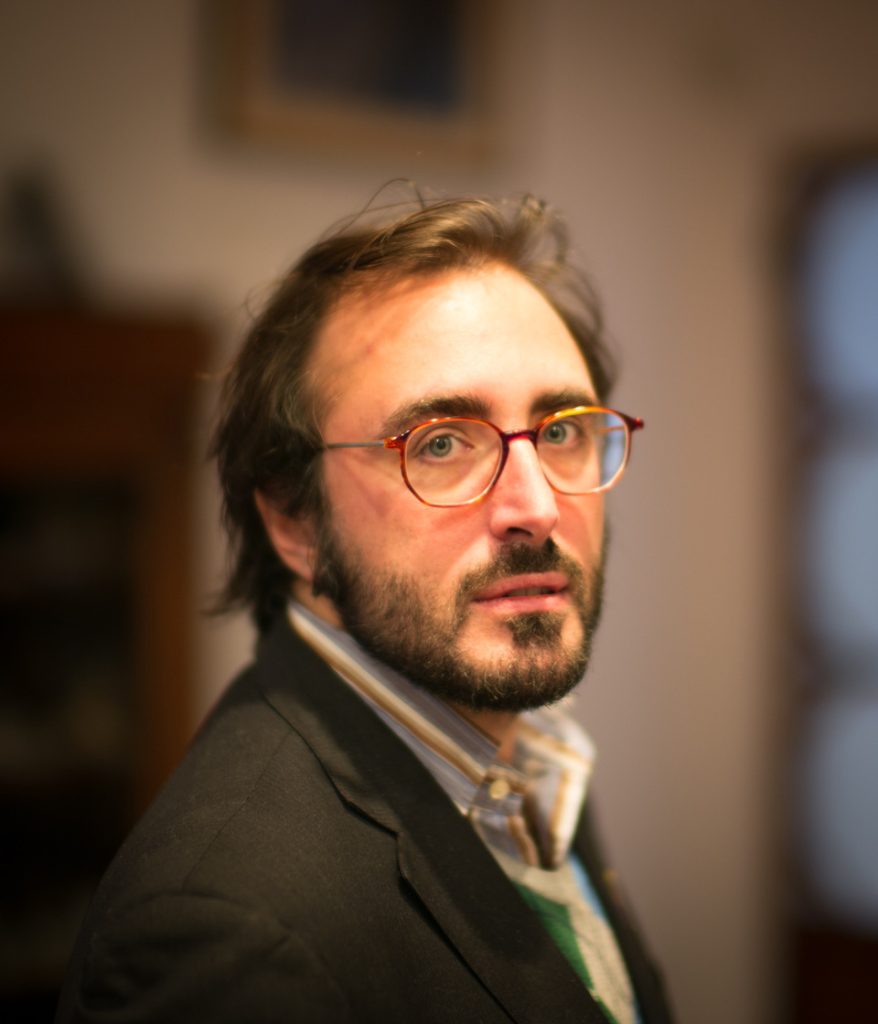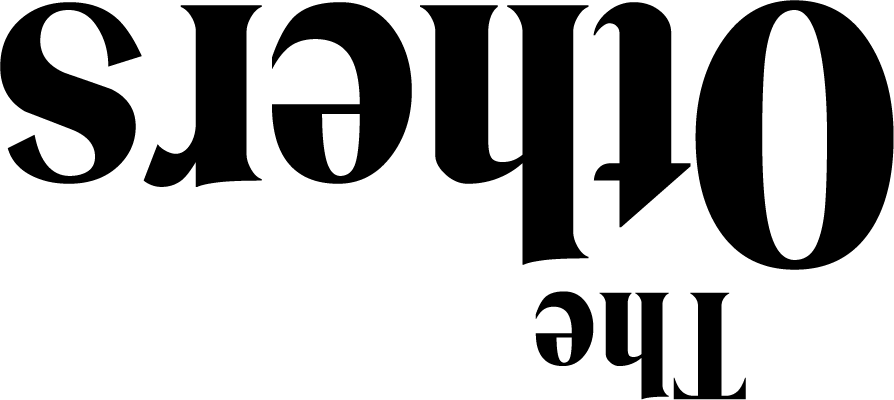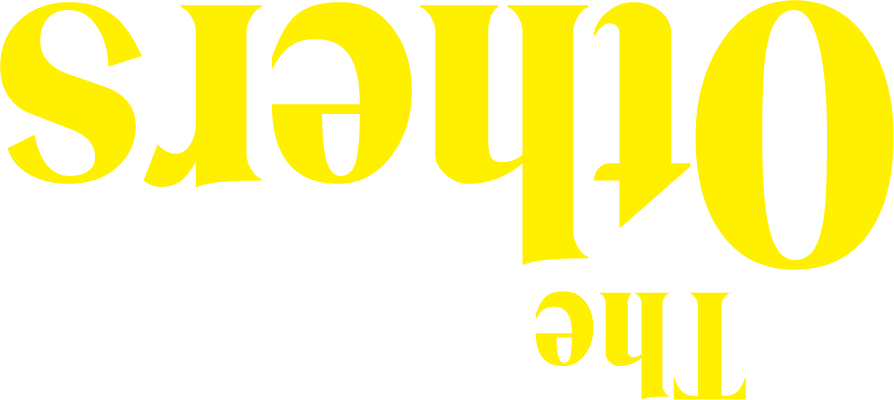10 Nov The Others View
In 2019, at its ninth edition and at the end of the first year of artistic direction of the author, The Others Art Fair decided to acquire a new tool for reflection and investigation: an online magazine. This choice is linked to three fundamental questions that I want to address in this editorial.
The first question concerns the reason why The Others found itself adopting a rigid and obsolete structure of information such as the one of the magazine, despite being available online. It would seem to be a tool not suitable for the current communication – immediate, dematerialized and globalized – which, thanks to the countless apps, makes us all producers of information, and no longer just consumers. In fact, the magazine’s structure is perfect to establish a proactive debate lasting over time, unlike social media that fragmentarily highlight the existence of many different projects in a given moment, but unrelated to the whole.
In its latest edition The Others decided to rethink all communication on social media with the collaboration of students from some prestigious Italian academies; however, just when we were heading in this direction, it became evident that something was missing. With the magazine – whose correspondents change with each edition – it is possible not only to create a network, but also to extend a wider and more structured discussion beyond the duration of the fair, and not simply limited to the spaces participating in the Turin event. Thus, within this new magazine divided into sections, there are the first-person stories of the curators, institutions and exhibition spaces that aim at alternative communication strategies compared to those adopted by the current art system. The goal is not only to inform about the various experiences of self-organization at an international level, but also to think about what is the common element that animates these projects, in order to create a collective and shared action of the system’s renewal. This system has been in crisis for some time now: internal errors have been widely analyzed in the last twenty years and it has become clear that the solution does not consist in using new technologies to reach the widest number of audiences – as it is already happening -. The audience, today, is active and interactive and we must take this into account also in the production and in the ways of fruition of art and its economy. Consequently, the choice of the magazine on the one hand is equivalent to give continuity throughout the year to the debates that emerged during the days of the fair to expand them to a greater number of actors, and on the other hand also to react to the current loss of memory due to the excess of information resulting in a generalized apathy. This seems to be the only way – as demonstrated by the revival of the fanzine in the feminist and post-colonialism debate – to avoid the aestheticization and personalization of information of which fake news is only a lateral aspect.
The second question is about why an art fair like The Others should have a magazine that doesn’t feature just the themes and insiders involved in the three-day event. There are no examples of this kind other than Frieze, although in this instance magazine and art fair are two autonomous entities not in dialogue with each other. Their path was the reverse: from a research magazine born in 1991 that speculated on new trends in art, a fair was born in 2003 that wanted to impose a new establishment. On the other hand, in the case of The Others in 2011, having a magazine had to do with the need to question its nature and raison d’être. When The Others was founded, it wanted to address the ‘others’, all those who were looking for an alternative to the new art system – from non-profit spaces to young curators, from new galleries to collectors.
It was a way to question how the system was changing and how it had to change in the economic society, which was moving fast towards a financial model that produced services instead of objects. This change was consequently transforming consumers into producers and giving rise to the ongoing crisis of museums, magazines and fairs as they were set up until then. For this reason, from its very beginning The Others incorporated non-profit research spaces and young galleries within its own economic system, no longer separable from communication in general, as the phenomenon of youtubers and influencers first showed. In fact, for all these spaces born from 2005 onwards, the fair was the best model to be noticed internationally and to obtain, thanks to the sale of art pieces, the opportunity to finance their future programs without incurring in welfare practices. These spaces, unlike their 1960s predecessors, were not created as a protest and rejection of economic interference in the promotion of artistic research, but with the intention of producing economic and valuable alternatives to the global model. This has determined the particular identity of The Others, consisting of a platform for the exchange of strategies and ideas in which non-profit spaces, young galleries and experimental projects can coexist. Today, in 2020, adopting such a tool as the magazine means amplifying this attitude and applying it throughout the year. The main criteria for the choice of the different sections and correspondents focus on two main questions: 1) What do we mean today with the word independent? Independent of what and from whom? And above all, to achieve what? 2) What do we think when we talk about experimentation and artistic research, considering that everything has already been experimented on a new media level (or so it seems)?
The third question is related to the operating methods that The Others has chosen to follow since its ninth edition, held in November 2019 in the former Caserma Riberi in Turin, that focused on a new idea of participatory production. The fair involved young students from five Italian academies previously selected in the working processes related to social communication, learning and the creation of a Youtube channel.
The Brera Academy students of Milan dealt with the creation of the YouTube channel, taking care of the sections and contents and talking directly with the audience and the artists present; the students of AANT (Academy of Arts and New Technologies) in Rome worked on the digital communication strategies for Instagram and Facebook, creating a narrative that did not replace the physical visit, but expanded it; the photo documentation project put together by the students of IED in Turin produced a workshop whose focus was to capture the moment of a unique gesture, which had to be then balanced with the possibility of conveying in the best way the contents related to the works on display; the students of the academy of Reggio Calabria dealt with the role of cultural mediators and with guided tours, which kept in mind the particular venue where the fair took place and the site-specific nature of the individual works; finally, the IUAV of Venice, under the supervision of Angela Vettese, decided to work on the collection of materials related to the web TV talk in order to create new content to give rise to new social debates.
This approach has allowed a real interdisciplinary work by bringing together students from different academies and departments, as in the case of Brera the departments of curatorial studies and new technologies. An approach of this kind wants to go beyond the usual system of internships, because it wants to make individual working groups autonomous in their decisions. The choice was to put them in a position to arrange such channels of information by including them in The Others’ processes, so that they can learn, all together, from their experience there. This is the only way to fully understand new generations’ point of view – very much linked to the potential of communication – as well as the only possible way to create new professions in the art sector, and to prevent the needs of art from having to adapt to systems already developed for other sectors. The idea of adopting such a tool as the magazine was born from this awareness, which allows collaborations with schools that want to show their work throughout the year and finally to give voice to curators and artists who decide to work in an alternative way.
With this magazine it will be possible to create a real link between different generations – such as the staff or the gallery owners involved in the project – without forgetting that we, all of us, are in a moment of constant learning, considering the continuous mutation of contexts and tools with which to interact.
The three topics investigated above have in common the need of The Others to share with a wider audience the research, analysis and research around the most interesting alternative projects presented in that edition, in addition to allowing them to discuss common ways and objectives. However, the magazine is not only this, since it wants to be above all a tool for keeping up to date and investigating the most interesting experiences in particular contexts. These studies are not limited to the spaces that will take part in The Others, but rather they will range to allow the sharing of the curators’ interests and thoughts with the public and other insiders in order to keep up to date with the facts of the art system. This will naturally influence the final choices of the curatorial board in the selection of spaces, in the organization of the themes for the web-tv and in the setting up of that specific edition.
To be a perfect tool for updates, this online magazine has been set up to have four annual issues and is divided into sections:
- Skyline: these are articles related to surveys on those cities where non-profit spaces, special projects and young galleries contribute at that particular time to transform the area and to become promoters of new energy. In the first issues cities like Lisbon and Istanbul will be taken into consideration;
- Face to Face: it is a collection of interviews with the protagonists of the art system to discuss how the system has changed in recent decades compared to the new immaterial and globalized communication;
- Revolving door: it contains theoretical articles on some of the themes dealt with by the new generations of artists and curators, ranging from the irony in art that has characterized the last decade, to the transformation of the performance medium since 2000 – from a work that uses the artist’s body switched to the staging of the time of the artwork in dialogue with that of the viewer.
- Inquiries: this is the section dedicated to short interviews with the protagonists of specific sectors such as Italian collectors, alternative world fairs or museum teaching projects with which to measure the interests of certain sectors at that specific moment.
The first issue of each year. This issue makes an exception to the division into sections because it reports the results of the debate that emerged during the last edition of The Others. This issue is in fact the only one that is set as a track of an event and refers directly to the themes and proposals that emerged during the days of the fair. The other three issues will focus on theoretical reflections and investigations on current interesting energies in the territory – regardless of their participation in The Others – in order to observe the process of analysis to produce the next edition.
So why should The Others art fair create an online magazine? To propose opportunities for dialogue in an organic perspective. This is the only way to develop a collective critical thinking that is not limited to celebrate the freedom of information that we all have in today’s digital and globalized world. The Others View not only aims to create a form of exchange of information and experiences, but also to create a container – the online magazine – that will allow the various experiences to settle and observe these debates in perspective. Today there is an even greater need for this type of platform, which is the only one that allows, through an open debate, to trigger a series of mechanisms for the production of meaning, communication and new marketing.
Author
Lorenzo Bruni

Recent Posts
- STUDY: Lorenzo Bruni interviews Giorgio Spanu
- Quando l’arte chiama il collezionismo attraverso la sperimentazione. Ambizioni ed economie degli spazi no profit by Marianna Agliottone
- THE MIGRATION OF MEANING. Slow curating as a way to connect to place and people by Jacqueline Grandjean
- Initiatives in Istanbul by Pelin Uran
- Interview with Marja Bloem

